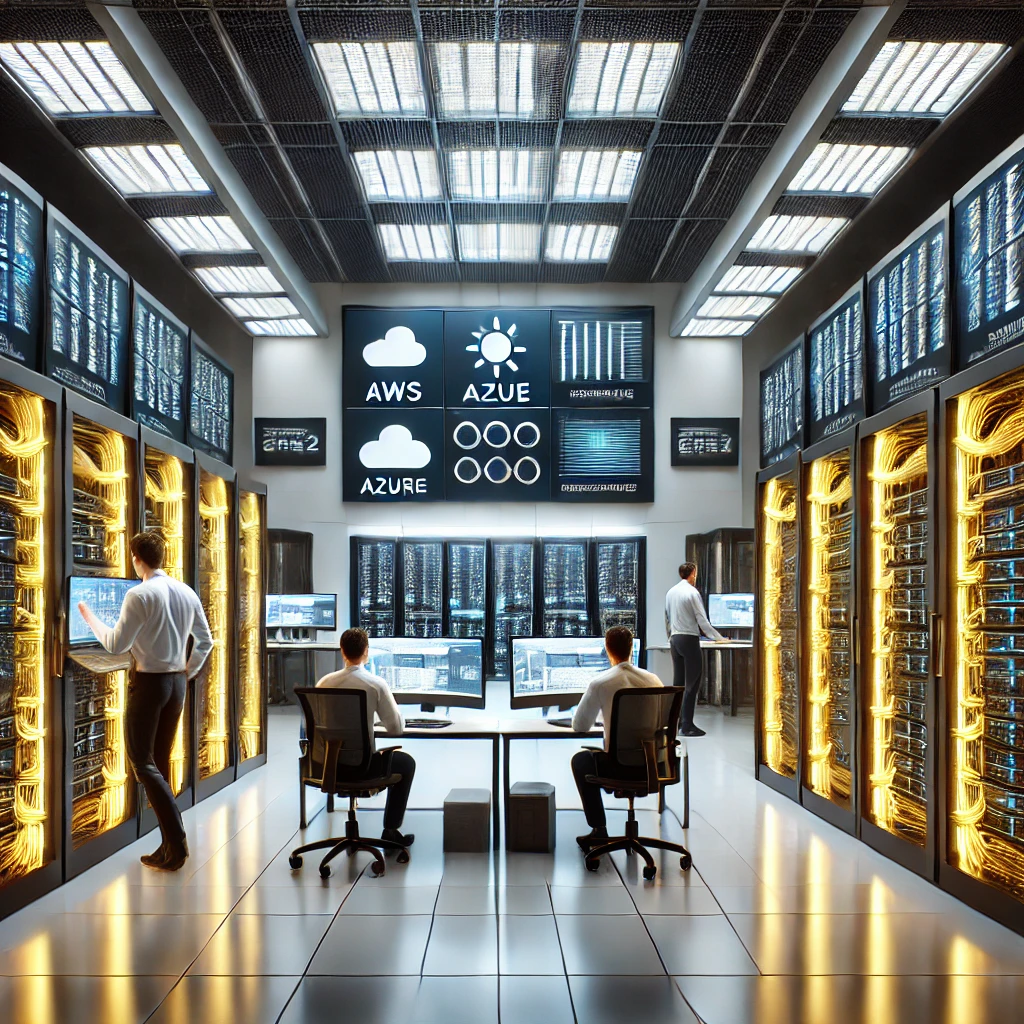We use cloud-based applications every day—whether it’s checking emails on Gmail, storing files in Google Drive, or streaming shows on Netflix. But have you ever stopped and wondered how cloud applications actually work?
how does the cloud work?” or “what’s happening behind the scenes when I open a cloud app?”, you’re not alone. The good news? You don’t need to be a tech expert to understand it.
What Is the Cloud Anyway?
In simple terms, cloud computing means storing and accessing data and programs over the internet instead of on your local computer or physical server.
The “cloud” is just a metaphor for a network of remote servers housed in massive data centers around the world. These servers do all the heavy lifting—like storing files, running software, and processing data—so you don’t have to.
How Cloud Applications Work
A cloud application is software that runs on the cloud rather than on your device. You interact with it through your browser or a lightweight client app, while all the processing happens in the cloud provider’s infrastructure.
what happens when you use a cloud application:
- You access the app via the internet. Whether through a browser or mobile app, your device sends a request.
- The request hits the cloud server. This server is hosted by a cloud provider like AWS, Google Cloud, or Microsoft Azure.
- The cloud server processes the request. It fetches data, runs logic, performs computations—whatever’s needed.
- The response is sent back to your device. Fast and seamless. You see results in real time.
All of this happens in seconds (or milliseconds) thanks to the power of modern cloud infrastructure.
The Backbone of Cloud Applications: IaaS, PaaS, SaaS
When learning how cloud applications work, it’s helpful to understand the three main categories of cloud services:
1. IaaS (Infrastructure as a Service)
Think of IaaS as renting the bare bones—virtual servers, storage, and networking. You manage everything else (OS, apps, etc.). Examples include Amazon EC2 or Microsoft Azure Virtual Machines.
2. PaaS (Platform as a Service)
PaaS offers a ready-to-use development environment where you can build, test, and deploy applications. You don’t worry about servers or operating systems. Google App Engine and Heroku are popular examples.
3. SaaS (Software as a Service)
This is the most familiar model—apps you access via the internet. The provider handles everything. Think Gmail, Slack, Dropbox, or Zoom.
Why Businesses Love Cloud Applications
Cloud computing isn’t just a trend—it’s the backbone of modern software for good reason. Here’s why businesses are all-in:
✅ Scalability
You can easily scale your app up or down depending on demand. Whether it’s 10 users or 10 million, the cloud can handle it.
✅ Cost-Efficiency
No need to buy or maintain physical servers. You pay for what you use—nothing more.
✅ Global Access
Since cloud apps live online, your team or customers can access them from anywhere in the world, 24/7.
✅ Automatic Updates
Forget manual installs or downtime. Updates roll out seamlessly in the background.
✅ Security & Reliability
Top cloud providers offer built-in security, backup, and disaster recovery services to keep your data safe and your apps running smoothly.



JZgFBZKW URt GjEkwa yDVNP BWtf
https://shorturl.fm/5JO3e
Pingback: sildenafil tablets 100 mg